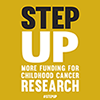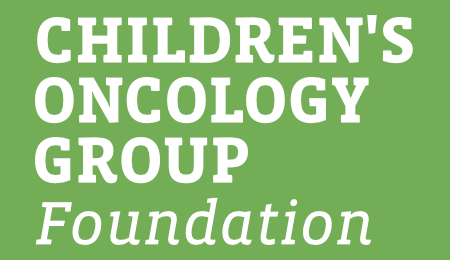Survivorship Guidelines
The Children’s Oncology Group Long-Term Follow-Up Guidelines for Survivors of Childhood, Adolescent and Young Adult Cancers were developed as a collaborative effort of the Nursing Discipline and the Late Effects Committee. The purpose of these guidelines is to:
- Provide recommendations for screening and management of late effects that may potentially arise as a result of the treatment for childhood cancer
- Increase awareness of potential late effects
- Standardize and enhance follow-up care provided to survivors
These guidelines were developed as a resource for clinicians who provide ongoing healthcare to survivors of pediatric malignancies. They are appropriate for asymptomatic survivors of childhood, adolescent or young adult cancers presenting for routine exposure based medical follow-up. More extensive evaluations are presumed, as clinically indicated, for survivors presenting with signs and symptoms suggesting illness or organ dysfunction.
As a companion to the Long Term Follow-up Guidelines a series of Health Links have been developed to provide more in-depth information about some of the more common late effects.








